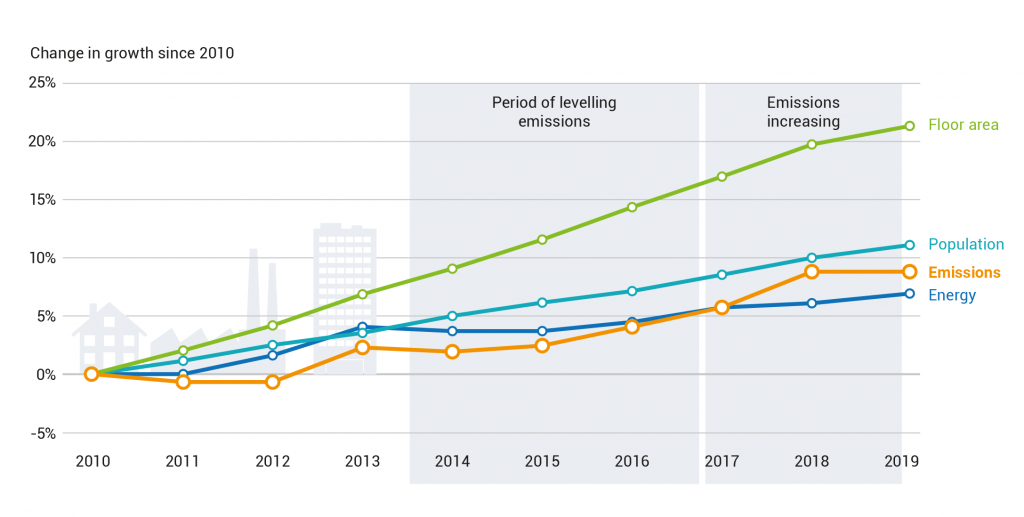More than 100 nations have approved an accord phasing down a planet-warming coolant. The U.S. isn’t among them.
President Biden is now asking the Senate to take the next step: move forward with the ratification of an amendment to the Montreal Protocol of 1987, which sets targets for the global phase-down of HFCs. The amendment was agreed to at conference of nations in Kigali, Rwanda, in October 2016. The Obama administration helped negotiate the deal, but the Trump administration never sent it to the Senate. One hundred and thirteen nations have already ratified the agreement. U.S. manufacturers now know what equipment to build and states know the deadlines for the phase-down, enabling them to plan their overall greenhouse gas reduction goals. But Senate approval is needed so American industry will avoid potential trade penalties from treaty members and remain competitive with their foreign counterparts. The Biden administration has promised to submit the treaty amendment to the Senate by the end of March. Then it will be up to the Senate to take the next step and approve it.
HFCs are used mostly as refrigerants in refrigerators and air-conditioners, but also in a variety of other commercial applications, such as insulating foams, cleaning solvents and fire suppression systems. These chemicals were commercialized some 30 years ago as substitutes for chlorofluorocarbons, which were found to be depleting the atmosphere’s ozone layer. HFCs don’t affect the ozone layer, but their effect on the climate is pronounced. Thanks to the well over $1 billion invested in innovation by American companies, alternatives exist or will soon exist for all but a very small number of HFC applications. And because of mounting concern over the pace of climate change — and the economic costs that come with it — making the transition away from HFCs as soon as possible is a top priority for American manufacturers of refrigeration and air-conditioning equipment and users of HFCs. The orderly, coordinated transition the treaty amendment provides for will save money for manufacturers and consumers alike.
This will be a plus for the nation’s economy. U.S. ratification of the treaty would create an additional 33,000 new American manufacturing jobs, stimulate an additional $12.5 billion increase in direct output per year by 2027, and result in a 25 percent boost in U.S. exports of refrigerants and related equipment, according to a 2018 industry sponsored study by the University of Maryland. We now have the HFC legislation, which directs the Environmental Protection Agency to enforce the phase-down schedule called for in the treaty amendment. It will reduce HFC use by 85 percent over the next 15 years and, according to an analysis by the research firm Rhodium Group, cut emissions over that period by the equivalent of 900 million metric tons of carbon dioxide, more than the total annual emissions of Germany. A global transition away from HFCs could avoid up to 0.5 degrees Celsius of projected warming by 2100. That is significant.
But we also need the treaty amendment to keep U.S. manufacturers in the technological driver’s seat, create jobs in the U.S. and expand market share abroad for the HFC alternatives that American manufacturers have developed and are developing. Other countries where HFC markets are growing rapidly, such as India, Brazil and China, seem to be waiting for the U.S. to take action. Those countries have among the fastest growing markets for air-conditioning and refrigeration and offer a huge potential market for HFC alternatives once they ratify the treaty amendment. But, without approving the amendment, the U.S. is likely to struggle to sell its technology in countries that have agreed to it, since those countries are likely to give trade preferences to fellow treaty members. The U.S. would be left on the outside.
The Biden administration has promised to submit the treaty amendment to the Senate by the end of March. Then it will be up to the Senate to take the next step and approve it.
Please Read: Air conditioners and the ‘counter Covid-19 cyclical,’ clean energy play
